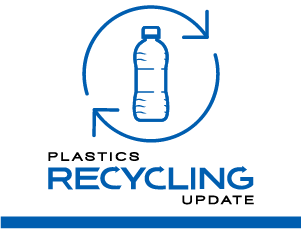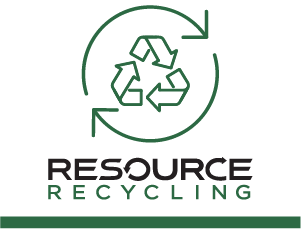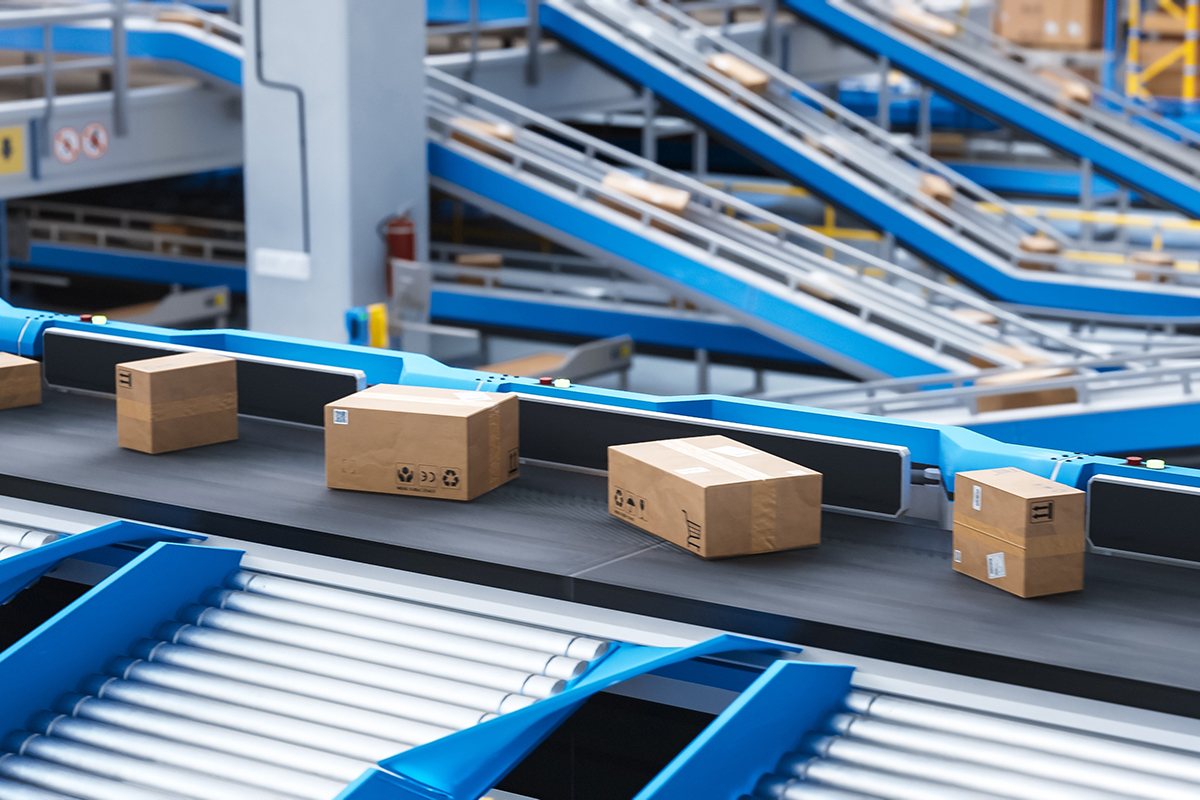Price increases helped recover fiber end users’ bottom lines over the past quarter, even as questions about corrugated packaging demand swirled in the wake of multiple high-profile U.S. mill closures.
In its June 5 earnings call, Delaware, Ohio-headquartered Greif described a positive quarter for its sustainable fiber solutions business, which includes paperboard, containerboard and other fiber products, 71% of which were made from recycled fiber in 2024.
This business segment reported $80 million in earnings during the recent quarter, up from $50 million during the same period last year. That was in part due to paper index RISI increasing its containerboard price by $40 per ton during the quarter. But Greif executives said that doesn’t go far enough.
“While we are certainly pleased with the improvement in price/cost in our fiber business, we consider the market to be out of balance,” said Lawrence Hilsheimer, chief financial officer of Greif.
RISI also upped the uncoated recycled board (URB) price by $30 during the quarter, and Greif said that will improve the company’s margins. But “we have conviction that the demand we are seeing warrants recognition of the full $50 to $70 a ton we announced in March,” Hilsheimer added. He noted that a $10 per ton change in URB pricing equates to about $530,000 per month in additional revenue per month for Greif.
He said the recent closure of the company’s Los Angeles recycled paperboard mill was “extremely difficult due to the impact on our colleagues,” but added it is “a prime example of the next stage of optimization for Greif.”
That was just one of several major mill closures announced in recent months, and the trend came up on several calls.
Graphic Packaging held its earnings call May 1, just after both Greif and Smurfit Westrock announced uncoated recycled paperboard mill closures, representing a combined 200,000 tons of annual capacity coming offline. CEO Mike Doss commented on how those play into the North American supply and demand balance.
“That would represent in the North American market, certainly in the U.S., somewhere between 7% and 9% of reduction,” he said. He pointed to Graphic’s recent decisions to close mills in Ohio and Quebec concurrent with starting up its Waco, Texas mill.
“It essentially ties out and there’s really no net ton add to the coated recycled paperboard side of the market,” Doss said. “So that’s really in a good spot.”
Quebec-headquartered Cascades was also asked about the competitor facility closures, which also included shutdowns of International Paper and Georgia-Pacific operations. CEO Hugues Simon declined to comment directly in a May 8 earnings call, but said “if we see a reduction in demand levels, we’ll adjust accordingly.”
Smurfit Westrock’s facility closures included not only a coated recycled board mill in Minnesota but a containerboard mill in Texas, together making up more than 500,000 metric tons in annual capacity coming offline.
Asked if more closures are coming, CEO Tony Smurfit said in a May 2 earnings call that the company will “continue to look at our system.” He said that, since the merger of Smurfit Kappa and WestRock a year ago, company leaders have been “very impressed with what we’ve seen in the legacy WestRock mill system,” but that although they don’t like to close facilities, “we’ll continue to optimize our system going forward.”
Smurfit noted the company saw particularly weak demand for containerboard and consumer packaging in March, but that it began to steady in April. That said, Smurfit doesn’t have a rosy outlook for demand this year.
“I know our competitors are talking about second half recovery. We’re not banking on that, frankly,” he said. “We’ll wait and see what happens. If it comes, then we’ll be very happy, because a lot of our costs are under control. So we’ll be very happy if demand comes back in the corrugated and container sector. But we’re not, as I’d say, banking on a very strong recovery.”


























